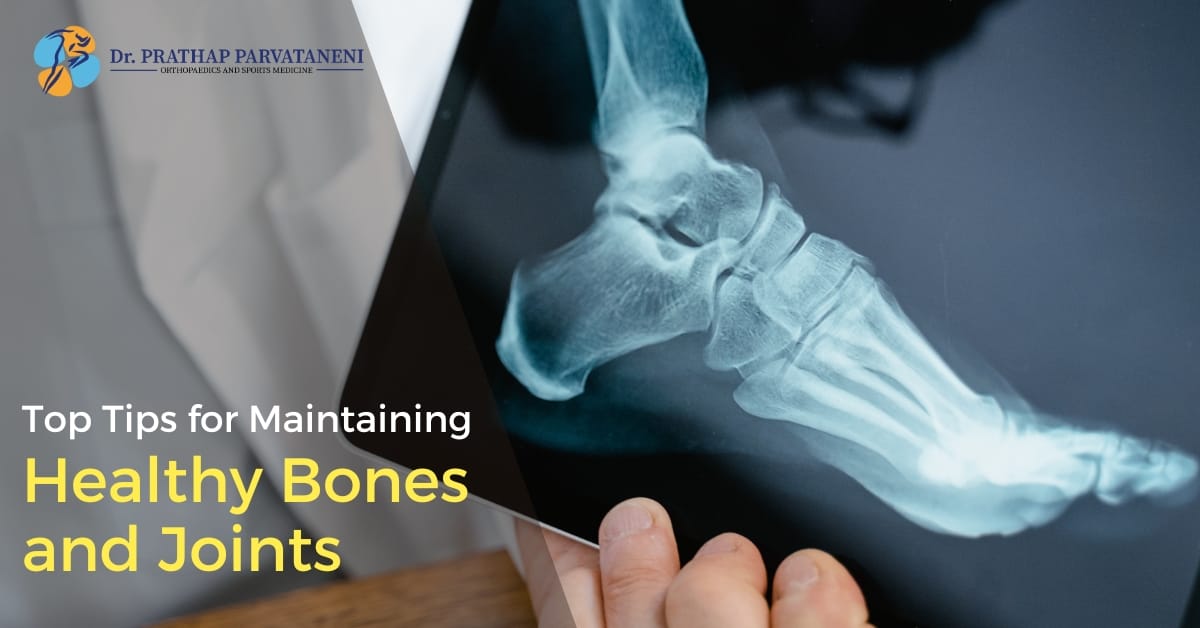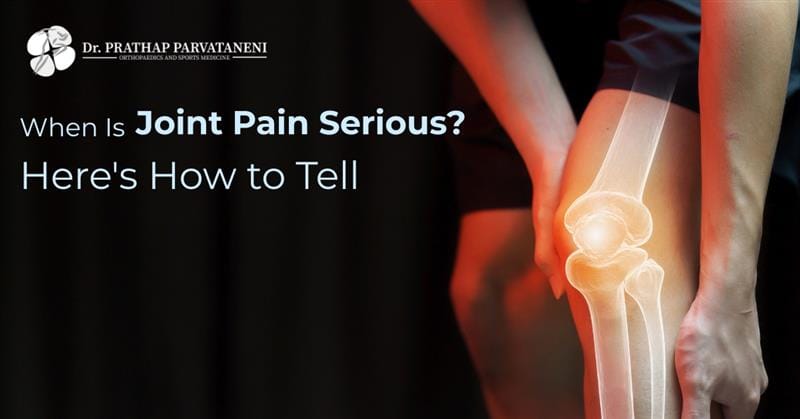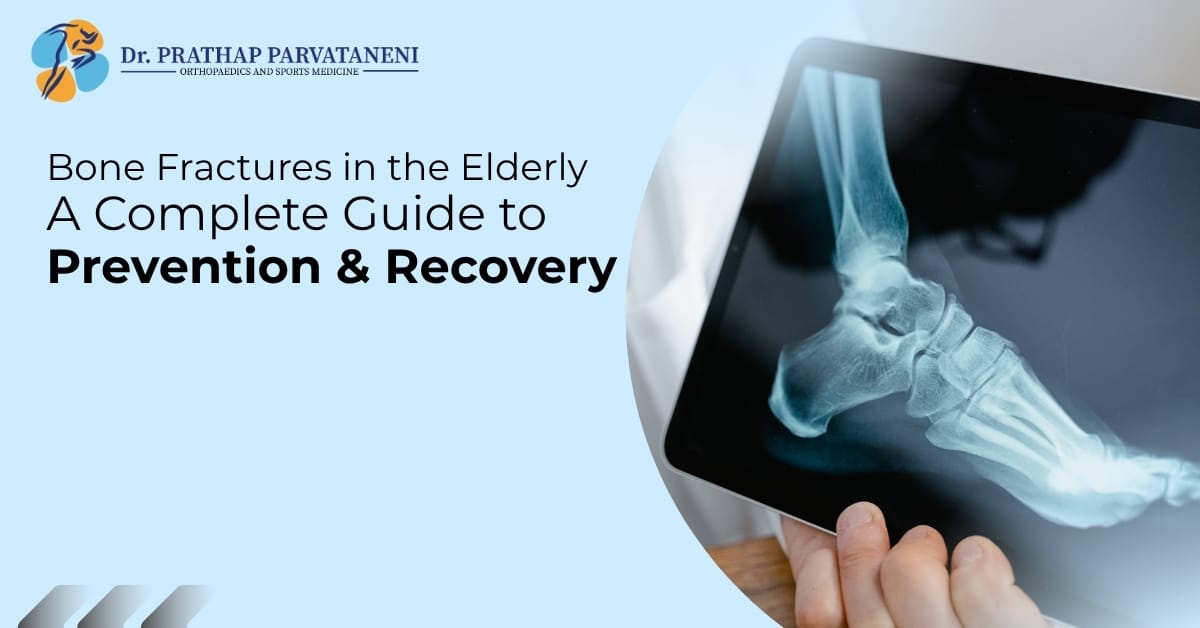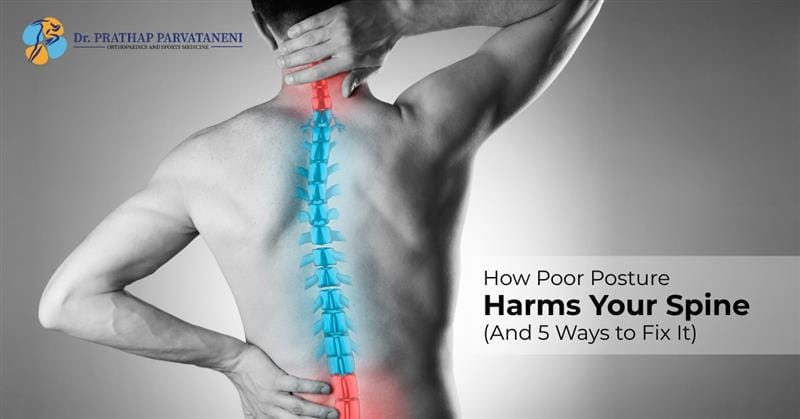Your bones and joints work tirelessly every day, supporting you with strength, mobility, and flexibility. Whether you’re walking, climbing stairs, or lifting objects, you rely on them. Yet many people neglect this essential framework of their body until pain or stiffness strikes. Prioritizing bone and joint health is not just for older adults; it’s a lifelong commitment that can prevent many health issues down the road.
This blog will guide you through key strategies to maintain strong bones and flexible joints. From understanding your body’s needs to actionable tips like proper nutrition, exercise, and lifestyle tweaks, we’ll cover all you need to know.
Understanding Bone and Joint Health
Before jumping into strategies, it’s important to understand the foundation. Bones are living tissues that constantly rebuild and repair themselves. Joints, on the other hand, are where two or more bones meet, allowing for movement and flexibility. Cartilage cushions these joints, while synovial fluid keeps them lubricated for smooth functioning.
Over time, wear and tear, as well as age-related conditions like osteoporosis and arthritis, can weaken your bones and joints. But here’s the good news – with the right care, you can keep these vital structures in top shape for years to come.
Diet and Nutrition for Bone and Joint Health
Your diet plays a pivotal role in ensuring strong bones and healthy joints. Here’s what you should focus on adding to your meals:
1. Increase Calcium-Rich Foods
Calcium is a building block for bones. Foods like milk, yogurt, cheese, spinach, kale, and fortified plant-based alternatives (almond or soy milk) are excellent sources of calcium. Adults should aim for 1,000 to 1,200 milligrams per day, depending on their age and gender.
2. Prioritize Vitamin D
Vitamin D enhances calcium absorption, making it just as essential for bone health. Foods such as fatty fish (salmon, mackerel), egg yolks, and fortified cereals are great options. Also, spending 10–15 minutes in sunlight daily can help boost your Vitamin D levels.
3. Include Omega-3 Fatty Acids
Omega-3s, found in fish like salmon and sardines, have anti-inflammatory properties that can reduce joint pain and stiffness. For vegetarians, chia seeds, flaxseeds, and walnuts are good sources.
4. Add Anti-inflammatory Foods
Foods like turmeric, ginger, berries, leafy greens, and nuts help combat inflammation, keeping your joints pain-free.
Avoiding excessive processed foods, sugar, and salt is equally important, as they can negatively affect both your bones and joints.
Exercise and Physical Activity
Movement is medicine for your bones and joints! Regular physical activity strengthens muscles surrounding your joints, provides stability, and enhances bone density.
1. Weight-Bearing Exercises
Think activities like walking, jogging, and dancing. These exercises stimulate bone growth by forcing your bones to work against gravity, increasing their strength.
2. Strength Training
Lifting weights or using resistance bands boosts bone strength and improves joint stability by strengthening nearby muscles.
3. Flexibility and Stretching
Yoga, Pilates, or general stretching exercises can improve joint flexibility and reduce stiffness.
4. Low-Impact Workouts
For individuals with joint issues, swimming, cycling, or using an elliptical trainer are excellent options to keep your joints active without excess strain.
Start small! Even 20–30 minutes of daily exercise can make a significant difference over time.
Lifestyle Adjustments
Beyond nutrition and exercise, certain lifestyle habits can either support or harm your bones and joints.
1. Maintain a Healthy Weight
Excess weight puts undue pressure on your knees, hips, and ankles, increasing the risk of joint issues like osteoarthritis. Keeping your weight within a recommended range lowers the stress on your joints.
2. Quit Smoking
Smoking decreases the bone’s ability to absorb calcium, weakening them over time. Smokers are also more prone to fractures and slower healing. Break the habit for better bone and joint health.
3. Sleep Well
Rest is crucial for your body’s recovery and repair processes. Aim for 7–9 hours of quality sleep each night. Poor sleep can worsen inflammation and joint pain over time.
4. Practice Good Posture
Always be mindful of how you sit, stand, or lift heavy items. Poor posture can lead to unnecessary strain on joints and spinal misalignment. Ergonomic chairs and standing desks are helpful if you work long hours at a desk.
Supplements and Medications
While a healthy diet and exercise are the cornerstones of good bone and joint health, supplements can provide additional support when needed. Always consult a healthcare professional before starting any supplementation.
1. Calcium and Vitamin D Supplements
If your diet falls short, a supplement can ensure you meet your daily requirements.
2. Glucosamine and Chondroitin
These substances are naturally found in connective tissues and may help reduce joint pain and cartilage breakdown.
3. Magnesium
Magnesium supports bone density and works alongside calcium to keep your bones strong.
4. Collagen Peptides
Collagen supplements may provide relief from joint pain by supporting cartilage health.
Medications like anti-inflammatories may also be necessary for those with arthritis or severe joint conditions. Work closely with your doctor to determine the right approach for your needs.
Take the First Step Towards Healthier Bones and Joints
Maintaining healthy bones and joints is essential for living an active, pain-free life. By focusing on your diet, exercise routine, and lifestyle, you can reduce the risk of age-related conditions while boosting your overall well-being.
Start small – maybe by making one dietary change or introducing a short daily walk into your routine. Even minor efforts can lead to significant results.
Conclusion
Taking care of your bones and joints is an investment in your future health and mobility. While small daily habits can make a big difference, it’s equally important to seek expert advice when needed. Whether you’re experiencing joint discomfort, have a family history of bone issues, or simply want to take preventive measures, consulting with an orthopedic specialist can help you stay on the right track






